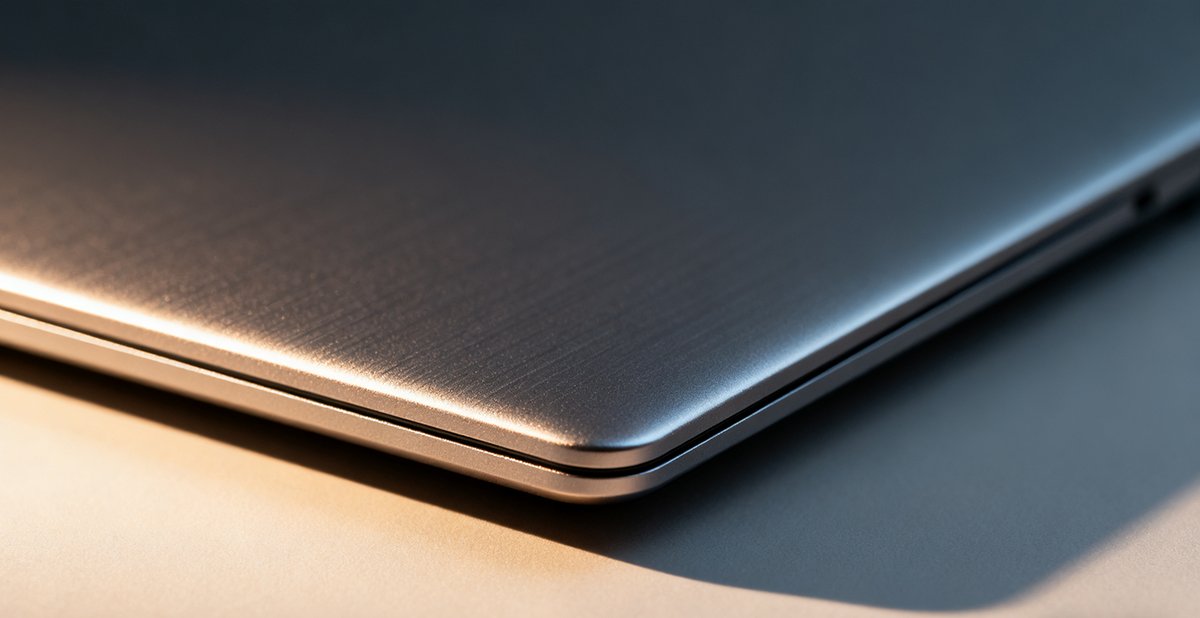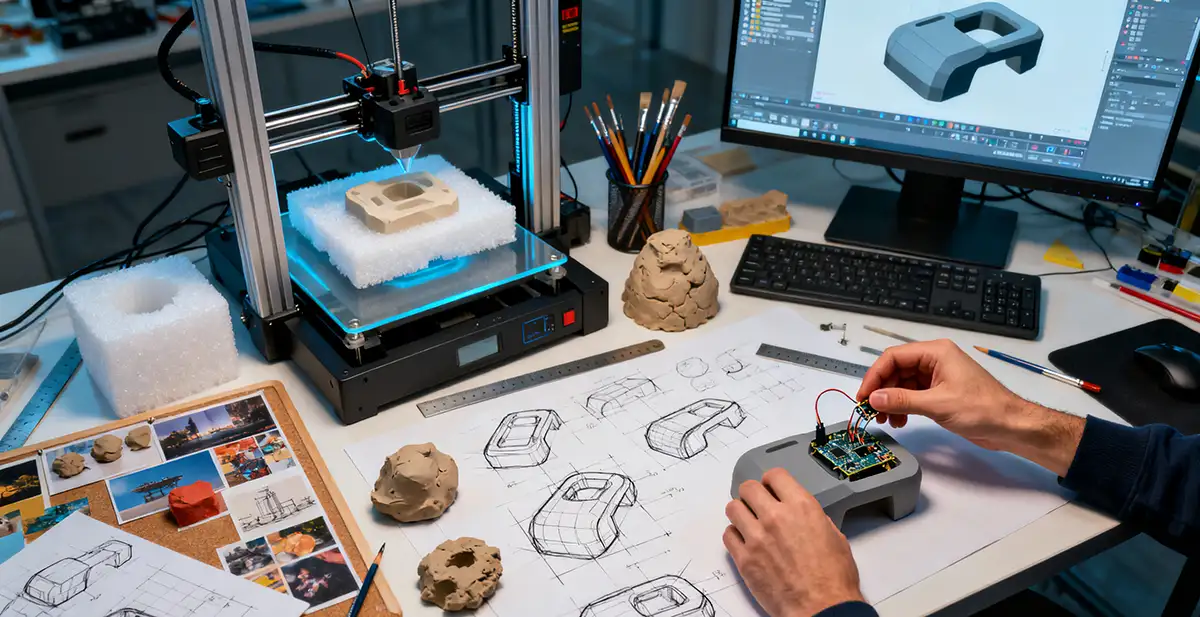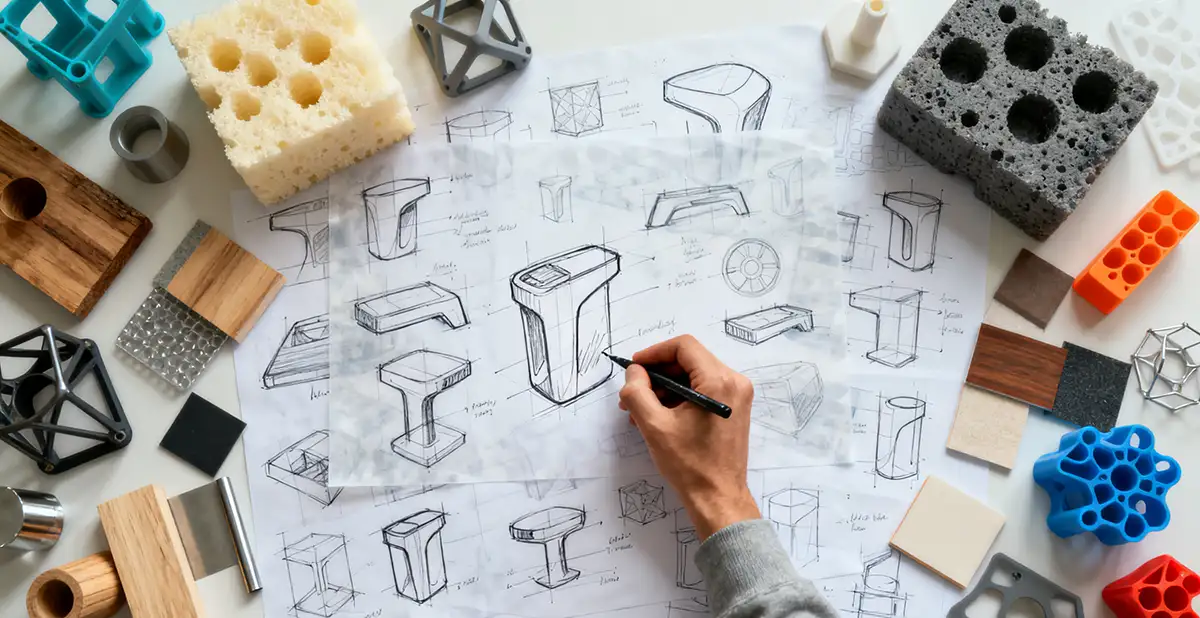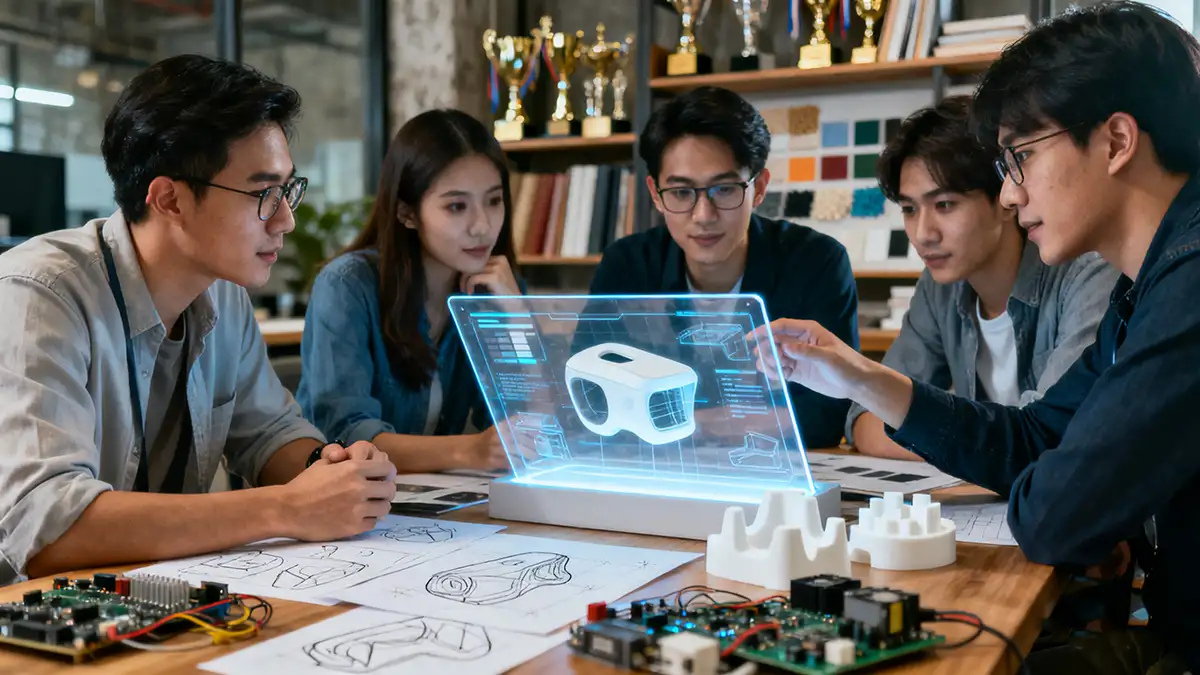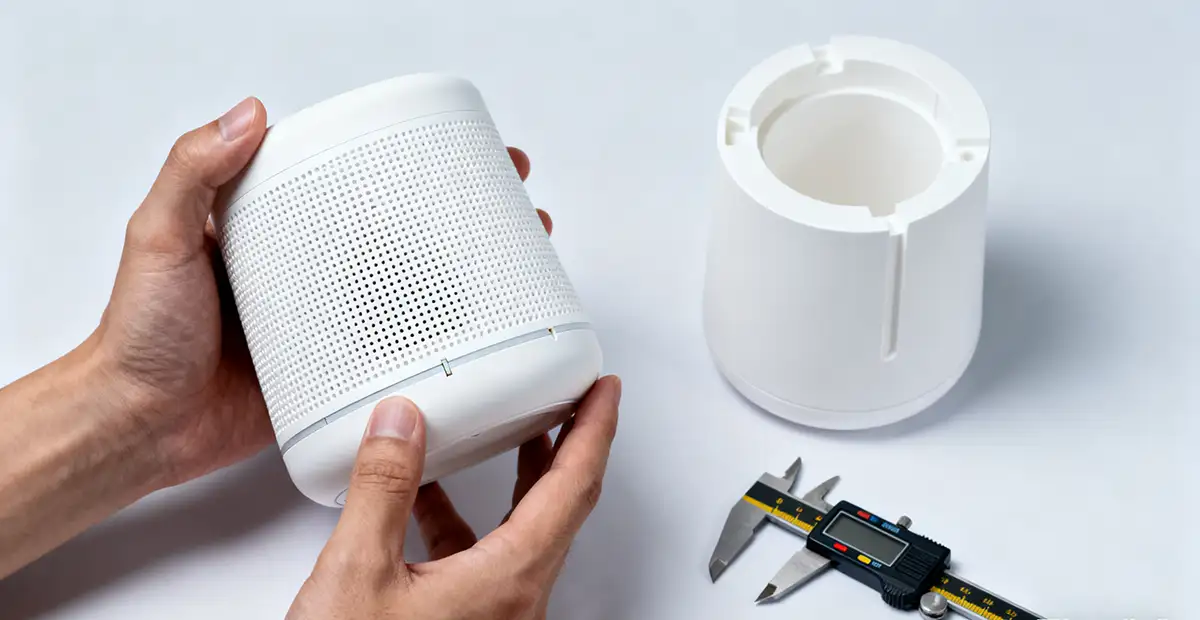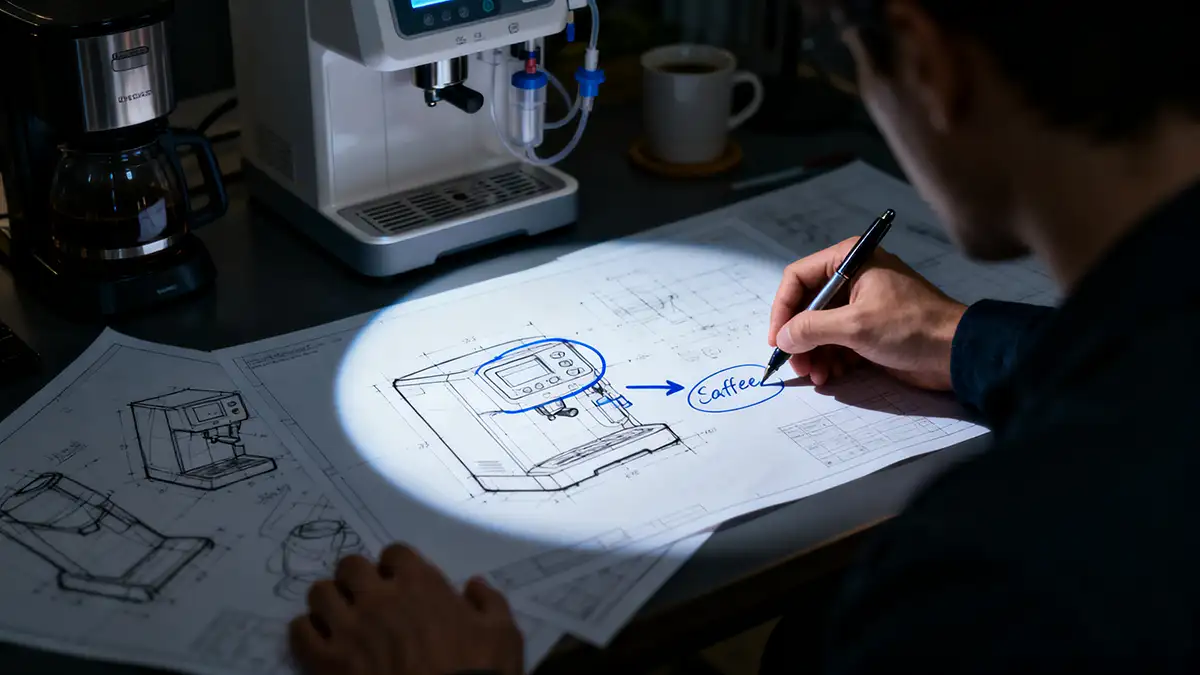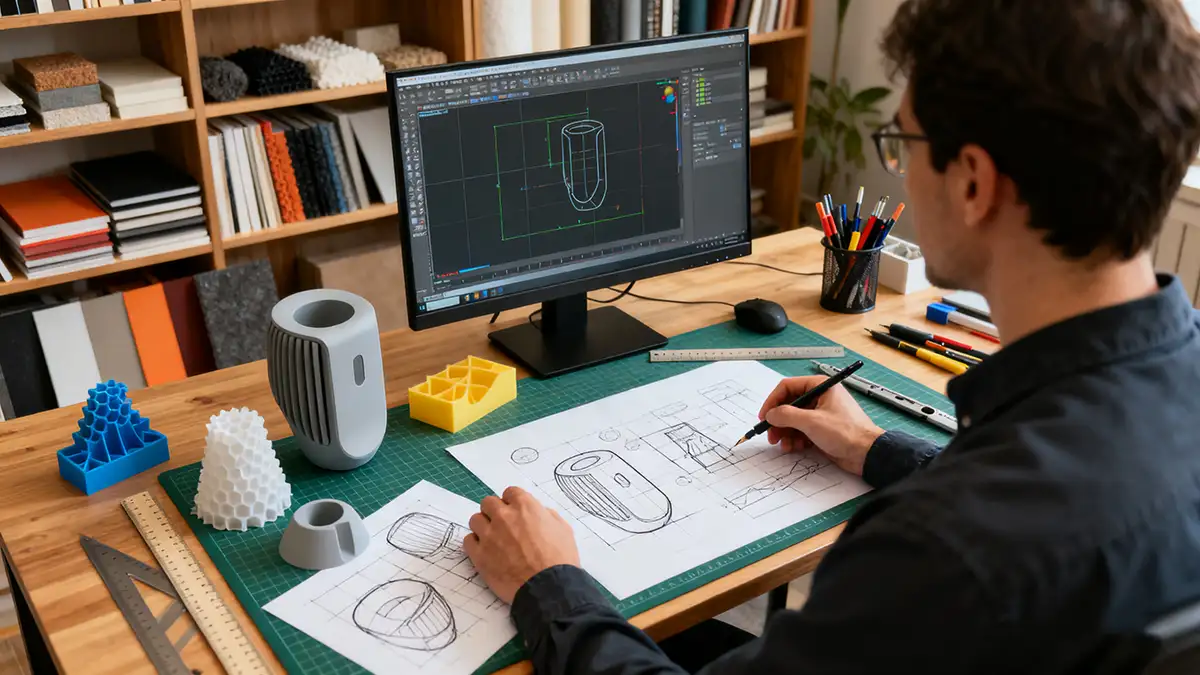NINEIDEA:很多工业设计新人认为创意是毫无束缚的灵感迸发,实则不然。真正的工业设计创新扎根于现实,是对用户需求、技术发展、文化背景等多维度深度挖掘整合的结果,主要来源于以下几个方面。
一、生活痛点催生创新
生活是创新的沃土,设计师需捕捉日常不便。如柳宗理从日常凳子获得灵感,设计出造型优美且稳固的 “蝴蝶凳”;智能手环为满足便捷健康监测需求而生,打破传统设备的局限。解决实际问题,是设计创新的重要出发点。
二、技术进步推动创新
新材料、新工艺、人工智能等技术的发展,不断拓宽设计边界。3D 打印技术让复杂造型产品得以实现,物联网技术让家居产品互联互通。关注技术动态,将新技术融入设计,才能打造出有竞争力的产品。
三、传统文化滋养创新
传统文化蕴含丰富设计元素,是灵感宝库。故宫文创将文化元素融入现代产品,深受喜爱;日本将传统木工、陶瓷工艺与现代设计结合,打造独特美学产品。用现代语言诠释传统文化,能赋予产品独特内涵。
四、跨界融合激发创新
跨界融合是创新趋势。将艺术、心理学、生物学等领域知识与工业设计结合,能产生新思路。戴森融合工程技术、美学、空气动力学,设计出无叶风扇。新人应培养跨界思维,通过多领域交流碰撞激发灵感。
工业设计创新并非空想,新人要从生活、技术、文化、跨界等方面入手,脚踏实地,才能理解创新本质,设计出优秀作品。
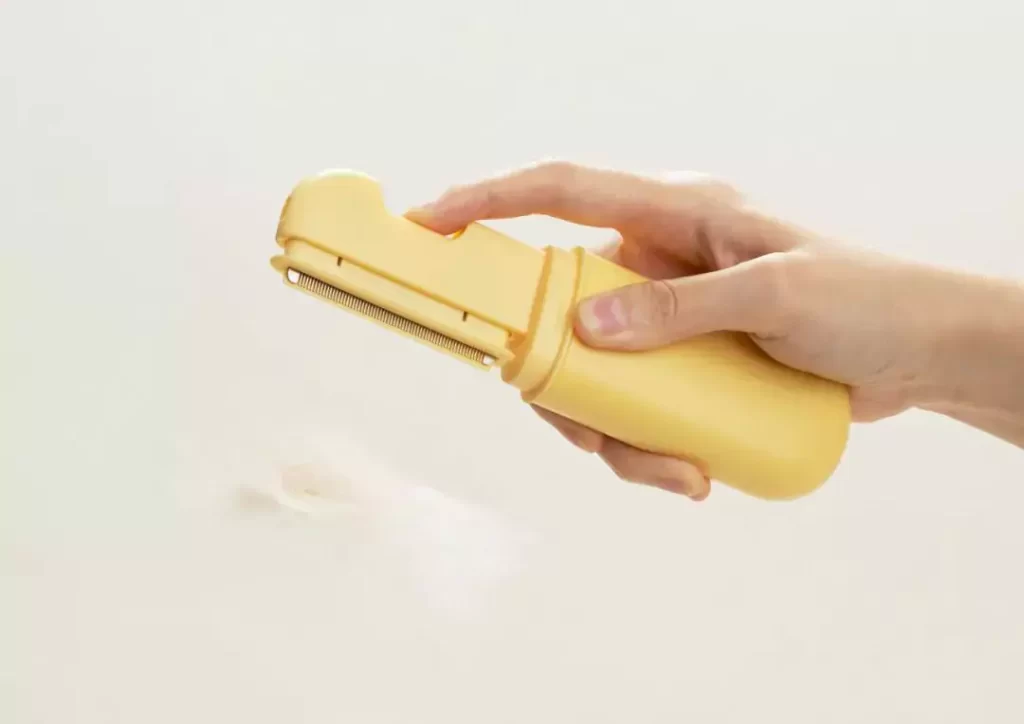
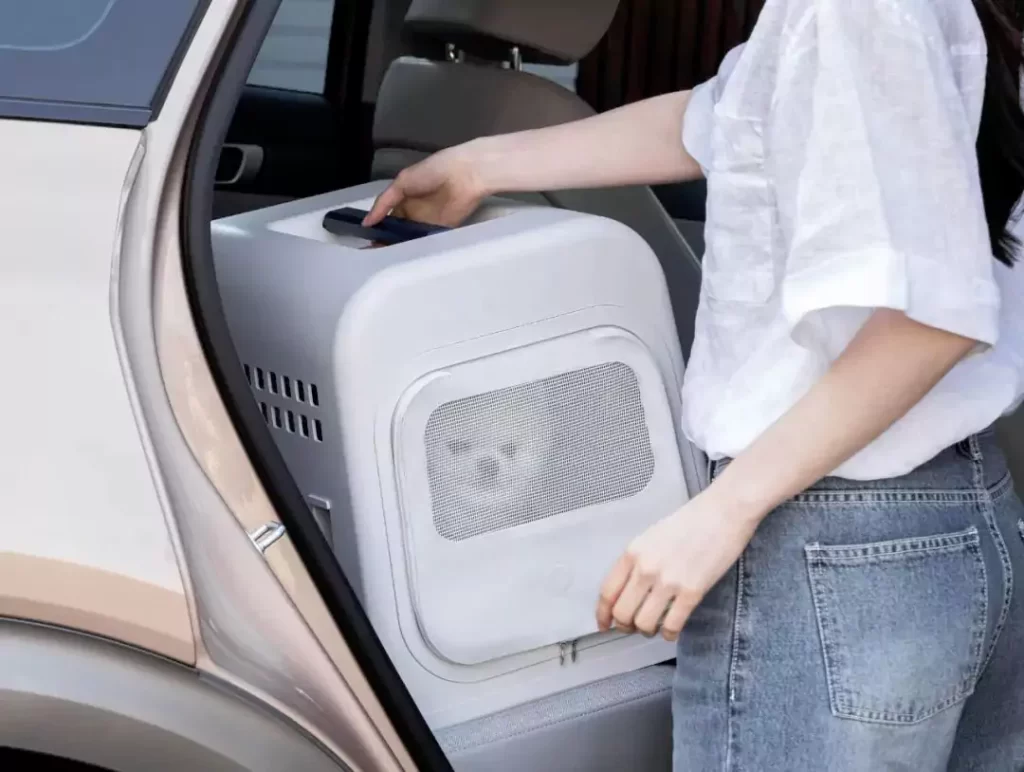


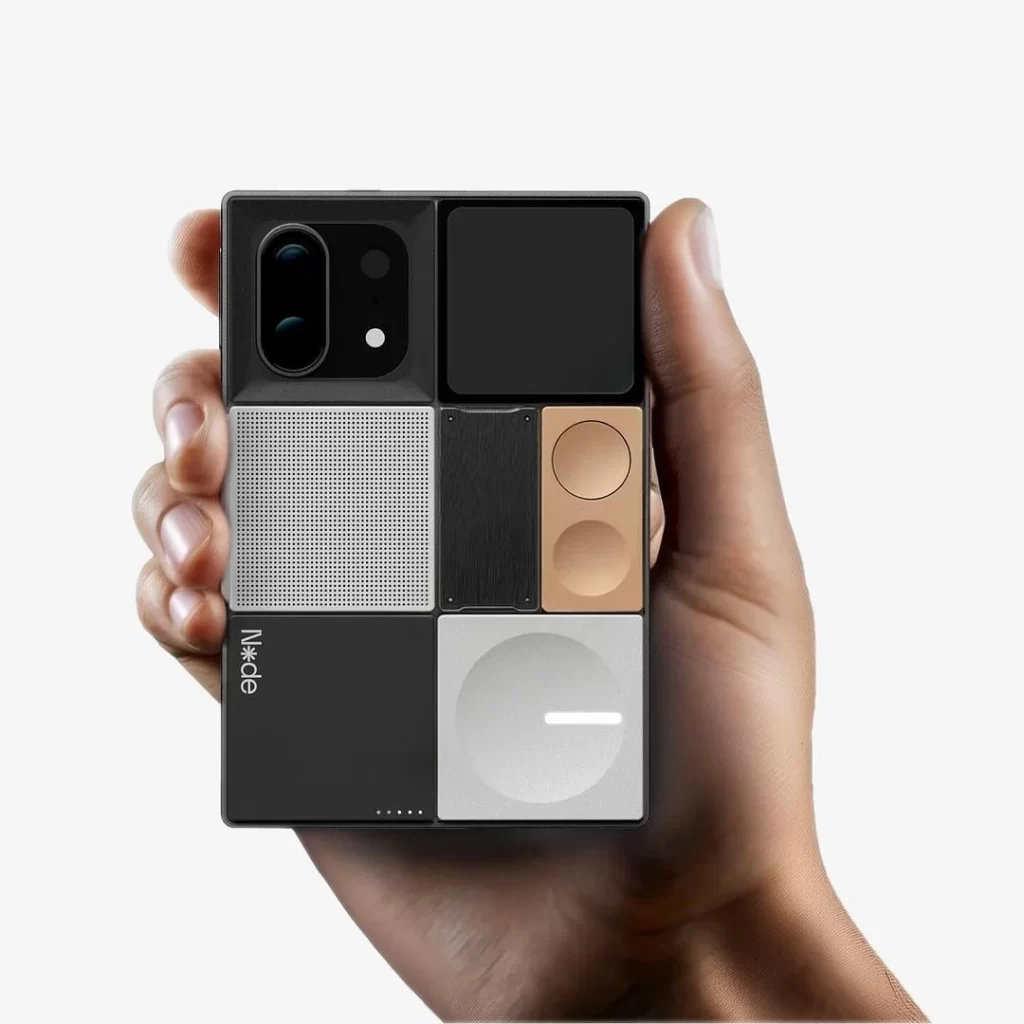
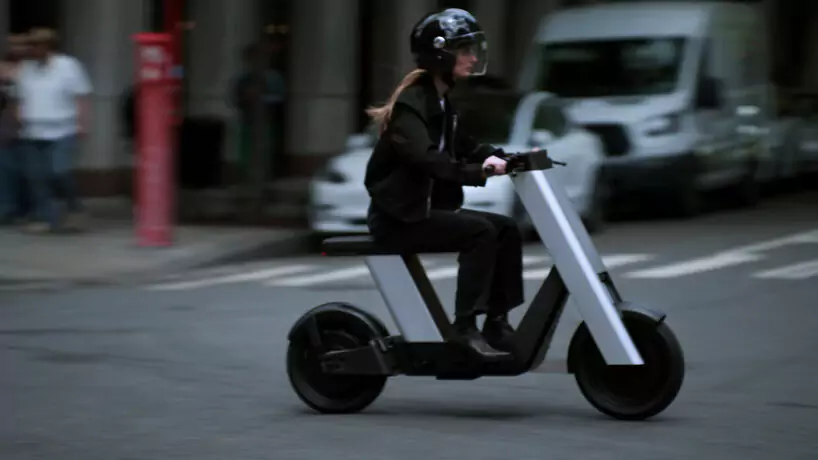
Creativity is never free spirited: the true source of industrial design innovation
NINEIDEA: Many new industrial designers believe that creativity is an unbridled burst of inspiration, but it is not. True industrial design innovation is rooted in reality and is the result of deep exploration and integration of multiple dimensions such as user needs, technological development, and cultural background. It mainly comes from the following aspects.
1、 Pain points in life drive innovation
Life is a fertile ground for innovation, and designers need to capture the daily inconveniences. Liu Zongli drew inspiration from everyday stools and designed a beautiful and stable “butterfly stool”; Smart wristbands are designed to meet the needs of convenient health monitoring and break the limitations of traditional devices. Solving practical problems is an important starting point for design innovation.
2、 Technological progress drives innovation
The development of new materials, new processes, artificial intelligence and other technologies constantly broadens the boundaries of design. 3D printing technology enables complex shaped products to be realized, while IoT technology enables home products to be interconnected. Pay attention to technological trends and integrate new technologies into design in order to create competitive products.
3、 Traditional culture nourishes innovation
Traditional culture contains rich design elements and is a treasure trove of inspiration. The Palace Museum’s cultural and creative integration of cultural elements into modern products is deeply loved; Japan combines traditional woodworking and ceramic craftsmanship with modern design to create unique aesthetic products. Interpreting traditional culture with modern language can endow products with unique connotations.
4、 Cross border integration stimulates innovation
Cross border integration is an innovative trend. Combining knowledge from fields such as art, psychology, and biology with industrial design can generate new ideas. Dyson integrates engineering technology, aesthetics, and aerodynamics to design a bladeless fan. Newcomers should cultivate cross-border thinking and inspire inspiration through cross disciplinary communication and collision.
Industrial design innovation is not just a pipe dream. Newcomers need to start from aspects such as life, technology, culture, and cross-border cooperation, and be down-to-earth in order to understand the essence of innovation and design excellent works.













